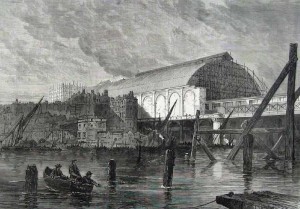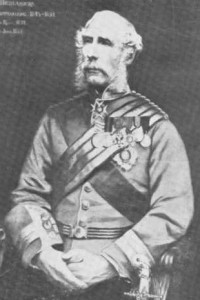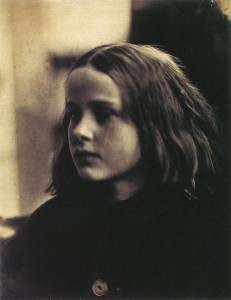Events of the World: January 1864
Posted By Brian Tomlin on January 31, 2014
 January 11. Charing Cross railway station, a central London railway terminus in the City of Westminster,opened. The original station building was built on the site of the Hungerford Market by the South Eastern Railway. The station was designed by Sir John Hawkshaw, with a single span wrought iron roof arching over the six platforms on its relatively cramped site. It is built on a brick arched viaduct, the level of the rails above the ground varying from 13 feet at the north-east end to 27 feet at the bridge abutment at the south-east end.
January 11. Charing Cross railway station, a central London railway terminus in the City of Westminster,opened. The original station building was built on the site of the Hungerford Market by the South Eastern Railway. The station was designed by Sir John Hawkshaw, with a single span wrought iron roof arching over the six platforms on its relatively cramped site. It is built on a brick arched viaduct, the level of the rails above the ground varying from 13 feet at the north-east end to 27 feet at the bridge abutment at the south-east end.
 January 21.The Tauranga Campaign starts during the Maori Wars in New Zealand. The Tauranga Campaign was a six-month-long armed conflict in New Zealand’s Bay of Plenty in early 1864, and part of the New Zealand wars that were fought over issues of land ownership and sovereignty. The campaign was a sequel to of the invasion of Waikato, which aimed to crush the Māori King (Kingitanga) Movement that was viewed by the colonial government as a challenge to the supremacy of the British monarchy.
January 21.The Tauranga Campaign starts during the Maori Wars in New Zealand. The Tauranga Campaign was a six-month-long armed conflict in New Zealand’s Bay of Plenty in early 1864, and part of the New Zealand wars that were fought over issues of land ownership and sovereignty. The campaign was a sequel to of the invasion of Waikato, which aimed to crush the Māori King (Kingitanga) Movement that was viewed by the colonial government as a challenge to the supremacy of the British monarchy.
 January 29. Early photographer Julia Margaret Cameron creates her first successful print: “Annie, my first success.” Julia Margaret Cameron (née Pattle; 11 June 1815 – 26 January 1879) was a British photographer. She became known for her portraits of celebrities of the time, and for photographs with Arthurian and other legendary or heroic themes. Cameron’s photographic career was short, spanning eleven years of her life (1864–1875). She took up photography at the relatively late age of 48, when she was given a camera as a present. Although her style was not widely appreciated in her own day, her work has had an impact on modern photographers, especially her closely cropped portraits.
January 29. Early photographer Julia Margaret Cameron creates her first successful print: “Annie, my first success.” Julia Margaret Cameron (née Pattle; 11 June 1815 – 26 January 1879) was a British photographer. She became known for her portraits of celebrities of the time, and for photographs with Arthurian and other legendary or heroic themes. Cameron’s photographic career was short, spanning eleven years of her life (1864–1875). She took up photography at the relatively late age of 48, when she was given a camera as a present. Although her style was not widely appreciated in her own day, her work has had an impact on modern photographers, especially her closely cropped portraits.
 January 30. National Gallery of Ireland opens to the public in Dublin in a building designed by Francis Fowke based on early plans by Charles Lanyon. The photograph at right was taken in 1913.
January 30. National Gallery of Ireland opens to the public in Dublin in a building designed by Francis Fowke based on early plans by Charles Lanyon. The photograph at right was taken in 1913.
 ;
;


Comments